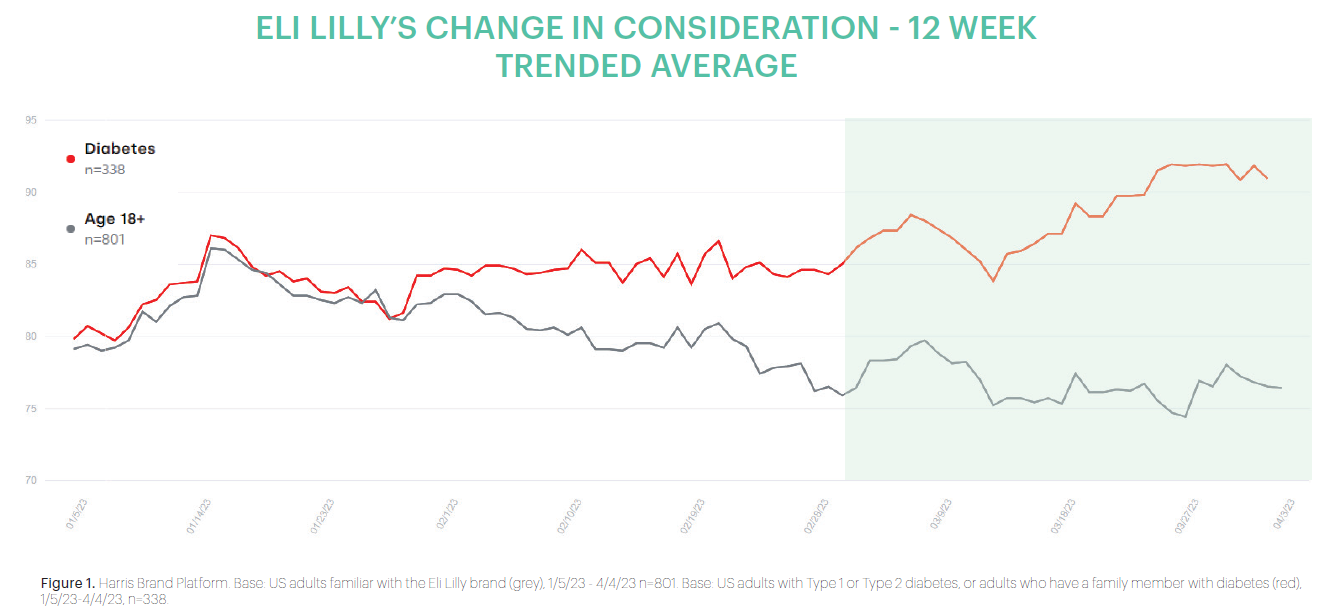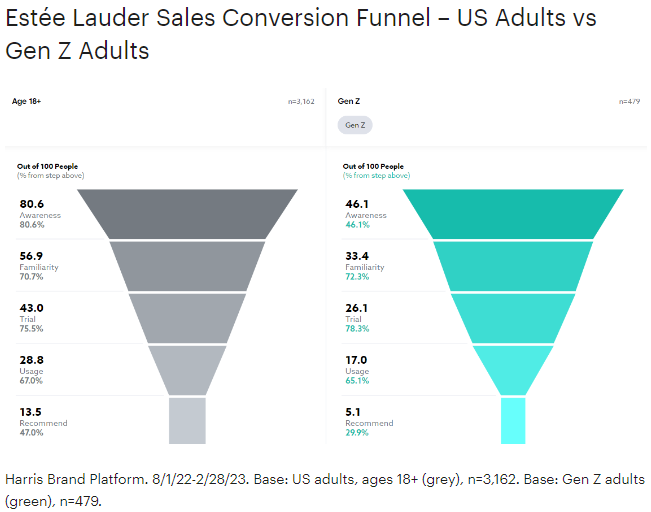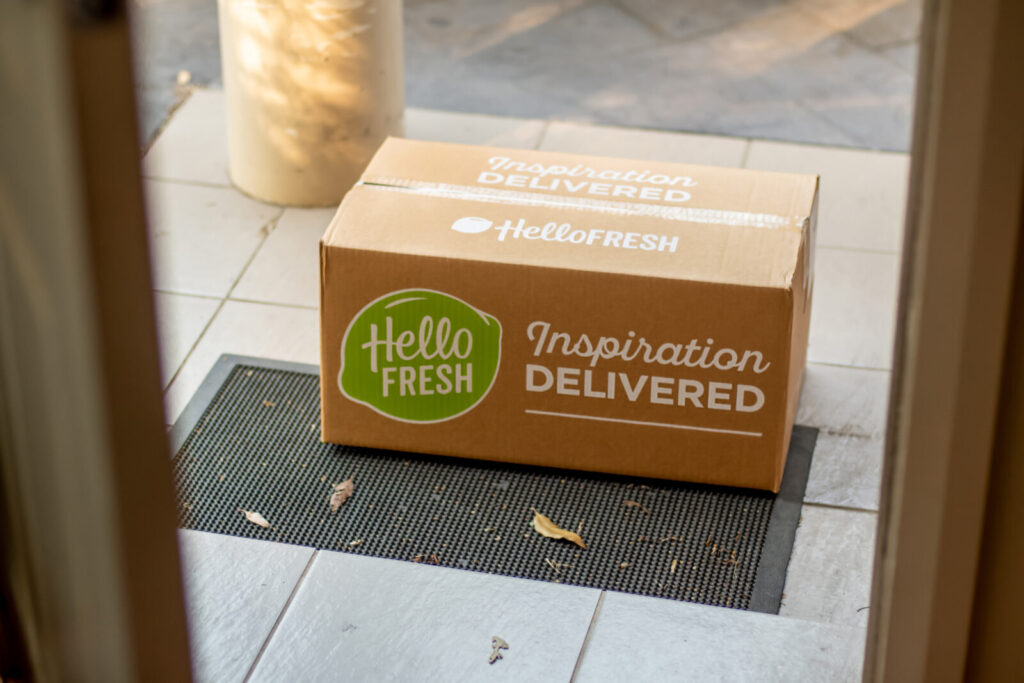Brief • 2 min Read
1: Eli Lilly: Drop in Price, Increase in Esteem – Case Study
Insulin costs in the United States have risen more than 300% over the last two decades. US prices often far exceed insulin costs in other countries, which has placed a substantial financial burden on the 8.4 million Americans who rely on insulin to survive.
- March 1, 2023, Eli Lilly and Company announced that they were decreasing the price of their insulin by 70% and capping out-of-pocket insulin costs at $35/month.
- According to QuestBrand data, Eli Lily saw a significant increase in purchase consideration among diabetics and adults with diabetic family members after the price drop.
- US adults familiar with the Eli Lilly brand more often described the brand as customer-centric (+8.5) and trustworthy (+7.2) in March than they had in February.
Download our case study for the full story!

2: Estée Lauder makes a play for Gen Z – Brand Story
Estée Lauder, the second-largest cosmetics company world-wide, is known for having a more mature buyer. To maintain long-term industry relevance, they’ve adjusted their marketing strategy to appeal to the youngest demographic of adults – Gen Z – by engaging with the metaverse and TikTok.
- It’s evident that the cosmetics giant has a lot of room to grow with this young audience when we compare Estée Lauder’s QuestBrand sales conversion funnel for US adults versus just Gen Z adults.
- Across every phase of Estée Lauder’s sales conversion journey, overall US adult consumers outpace Gen Z consumers: brand awareness (+34.5), brand familiarity (+23.5), product trial (+16.9), product usage (+11.8), and brand recommendation (+8.4).
- Check out our brand story to discover how and why Gen Z’s purchase consideration is growing.

3: How can Brands Capitalize on the Self-Care Trend?
In a recent Ad-Age op-ed, Harris Poll CEO Will Johnson exposed recent self-care trends and explained why brands should take note.
- Seven-in-10 (68%) Americans consider self-care “very important.”
- Three-quarters (74%) of US adults are willing to splurge on self-care.
- Two-thirds of Americans engage in self-care by listening to music or watching content (i.e., TV show, movie).
- Women more often than men indulge in time alone (69% women, 60% men). Men more often practice meditation (36% men, 31% women).
Want to learn more about self-care trends? Download our Personal Care Industry Snapshot.
Subscribe for more Insights
Subscribe to our newsletter for the latest trends in business, politics, culture, and more.
Subscribe for more Insights
Subscribe to our newsletter for the latest trends in business, politics, culture, and more.
Related Content








